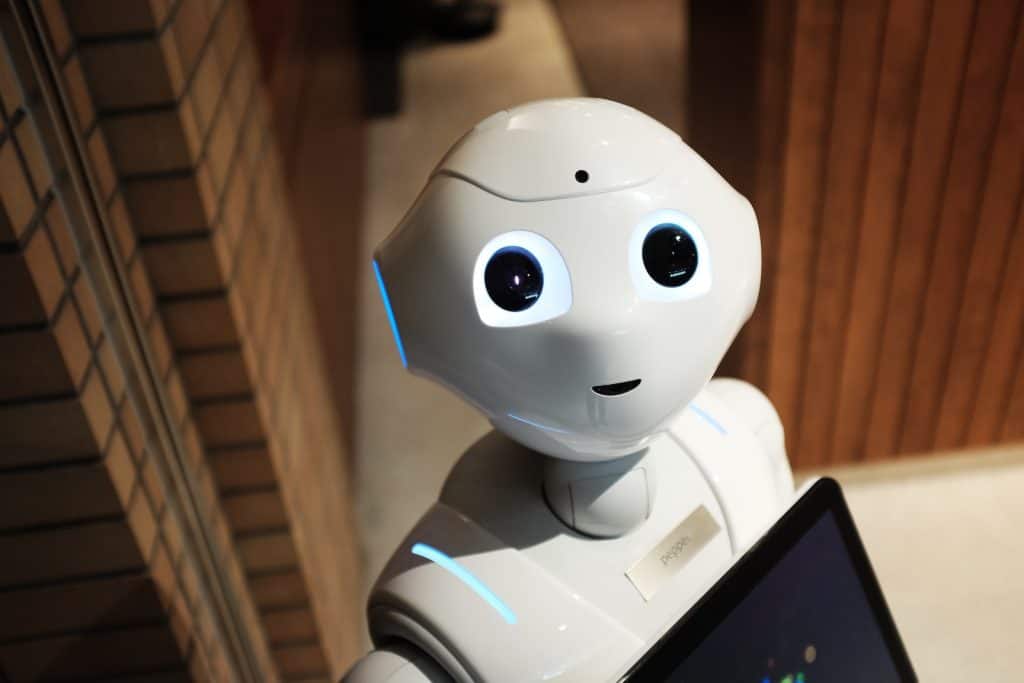Mechatronics is a broad niche combining the mechanical, electrical, control, and computer engineering disciplines. These disciplines themselves are just as wide, making mechatronics the blueprint for the future. To truly understand the future of mechatronics, we need to look at the four disciplines individually:
Table of Contents
ToggleMechanical Engineering
Mechanical engineering is the study of machines that involve movement and force, combining mathematics and physics. It is the broadest of the four disciplines and encompasses chemical, civil and industrial engineering. Mechanical engineering has helped innovate simple mechanisms like wind-up space robots to more complex structures like steam and fuel-powered engines.
3D Printing
One area where we have already seen fantastic development is 3D technology. As time progresses, we will see a broader collaboration between 3D printing and nanotechnology, manipulating material at the most minor level.
Combining 3D and nanotechnology will create superior, lighter, more durable, and stronger materials. These will be easier to manipulate and customize, breaking the boundaries of what you can start with 3D tech. This will allow us to manufacture different things rapidly, reducing production costs and making 3D-Nano devices more accessible to more people. The most significant industry to benefit from this technological leap will be wearable tech and biomechanics.
Wearable Tech And Biomechanics
Wearable tech is already mainstream technology, valued at $61.3 billion today. However, since most of it is expensive to manufacture, it is out of reach for many people. Advances in mechanical engineering and specific 3D technology will ensure more people can access the tech, merging seamlessly with fashion.
On the other hand, biometrics will see the advancement of exoskeleton technology that closely mimics human movement. The tech will be able to interact with the human body better, which can be especially beneficial to amputees. Such biomechatronics will also benefit older adults. They will be able to use wearable technology to make their lives easier through monitoring their vitals and exoskeleton technology to aid in movement and physical rehabilitation.
Electrical Engineering
One area we should all be looking forward to seeing improvements in the future is electrical engineering. It’s an extremely broad industry; virtually everything we interact with in both everyday life and niche industries relies on this discipline, from mobile phones to biosensors.
Right now, the global push in electrical engineering is to go green and reduce the carbon footprint. As a result, we expect most of the technology to move in that direction. The future promises better communication between devices and remote monitoring.
Electric Cars
Electric cars are the future. Transportation accounts for 27% of the greenhouse effect brought about by carbon dioxide. With fossil fuels depleting, we need to start relying on renewable sources of power.
The future of electric cars will see the development and replacement of internal combustion engines with better battery-powered engines. While they’re generally more expensive than gas-powered cars, as more people move towards electric cars, we will see a price drop as manufacturers make more affordable models.
Smart Grids
Currently, there is an overreliance on the central electrical grid, and only 13% of people now use solar and wind energy in the US. A smart grid makes power grids way more efficient, using digital communication to detect when and where power is needed. This will save on everybody’s power bills as power is reduced when you don’t need it!
Control Engineering
Control engineering includes systems and equipment designed to regulate digital or mechanical environments.
Collaborative Robotics
Collaborative robotics, or cobots, can work better with their human partners. They can carry out more sophisticated operations and adapt to more situations, resulting in their use across more industries. This can range from traffic direction to medical operations.
Computer Engineering
Computer engineering promises to bring together all the disciplines we have discussed through the Internet of Things(IoT). IoT is how machines and software connect to other machines, software, devices, and even living organisms through sensors like an Arduino. Even though IoT is a small part of computer engineering, it has resulted in one of the biggest technological pushes in history. Through IoT, we saw the evolution of devices from connecting to each other through Bluetooth, then mass adoption of the Internet, and now the reliance on apps and file storage in the cloud. Even home appliances can communicate with each other without human interaction.
Computer engineering through IoT will better autonomous systems, including cars and everyday appliances. It will help us improve and simplify human-machine interactions by incorporating gestures, haptic feedback, and voice control. Through interaction with AI, IoT can learn from the environment and adapt to improve performance.
The future of mechatronics is looking bright. Let’s see what incredible innovations are to come!
FAQ
A: Mechatronics is a multidisciplinary field that combines mechanical engineering, electronics, computer science, and control engineering to design and develop intelligent systems and products that integrate mechanical components with electronic and software components.
A: Some key innovations in mechatronics include the development of autonomous robots and drones, the integration of artificial intelligence and machine learning into mechatronic systems, the advancement of wearable technology, and the use of smart sensors and actuators for improved functionality and performance.
A: Mechatronics is transforming industries by revolutionizing manufacturing processes through automation and robotics, enhancing the functionality and efficiency of medical devices and equipment, enabling the development of smart homes and cities, and revolutionizing transportation systems with self-driving vehicles.
A: Some emerging trends in mechatronics include the use of the Internet of Things (IoT) for connectivity and data exchange in mechatronic systems, the development of soft robotics for delicate tasks, the application of virtual and augmented reality in mechatronic design and training, and the exploration of nanotechnology for miniaturization and improved performance.
A: Mechatronics contributes to sustainability by optimizing energy consumption in mechatronic systems, developing renewable energy technologies, improving resource efficiency in manufacturing processes, and facilitating the design of eco-friendly products and solutions that reduce environmental impact.





